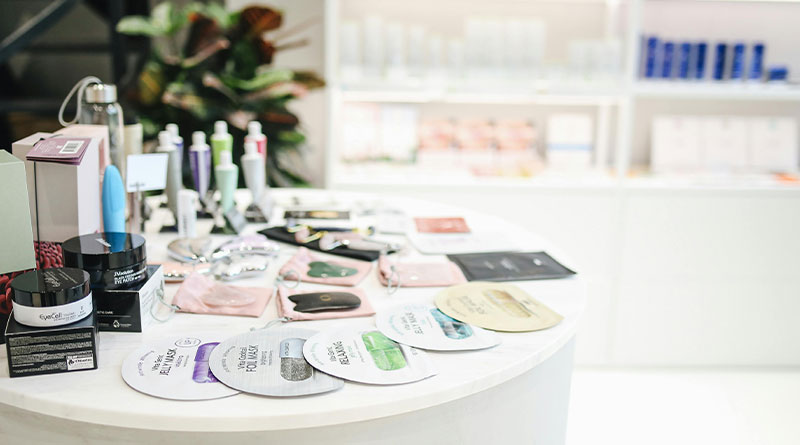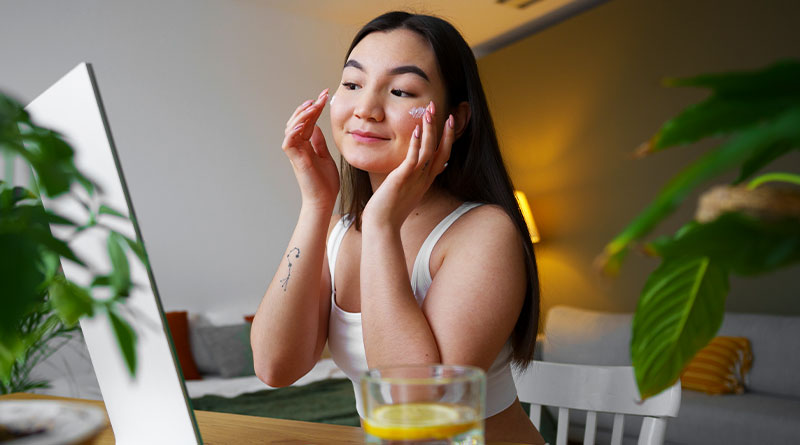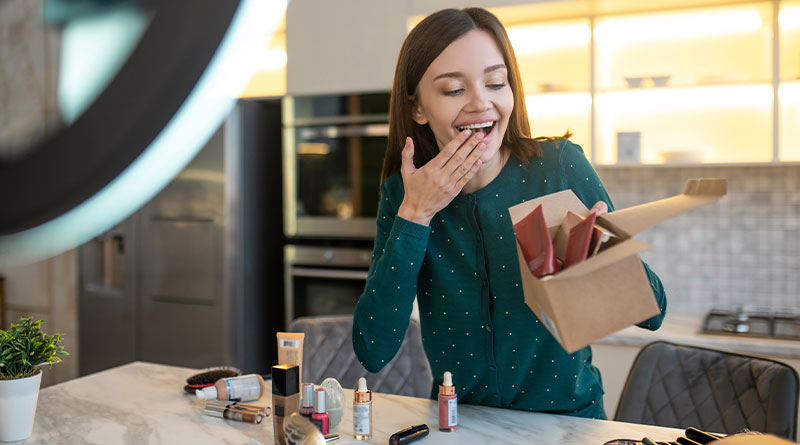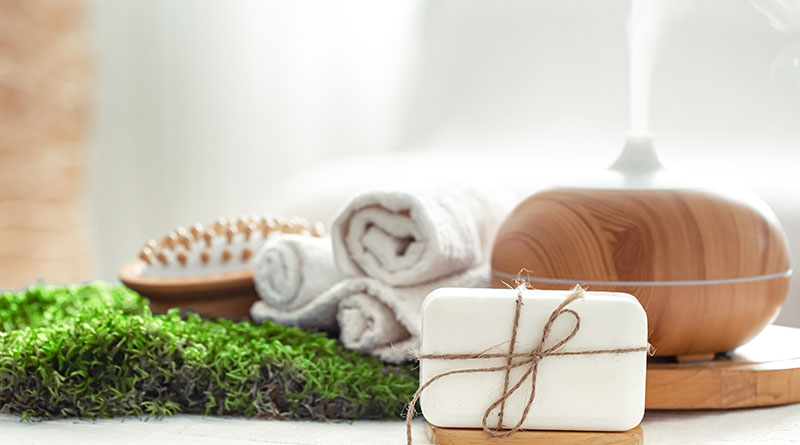To maximise the absorption of active ingredients and the likelihood of product efficacy, it is recommended to use skincare products in the recommended sequence. The general rule of thumb is to apply goods graduated, starting with the thinnest and working your way up to the thickest. This way, you can ensure that lighter formulations are first absorbed and then heavier and richer products.
This aids in the absorption of the product and helps avoid occlusion, which occurs when thicker skincare products create a barrier that prevents the substances from penetrating the skin. Although occlusive lotions bind water to the skin, they block the absorption of any active chemicals you may be hoping to use.
A complex 10-step skincare routine is unnecessary. A cleanser, moisturiser, and SPF are essential skincare products. Fewer products keep skin clean, hydrated, and sun-protected while reducing irritation and reactivity. This is the best order if you want to add more products to address specific skin issues.
Why and How to Apply Multiple Layers of SkinCare Products
Ask yourself, “What goes on top of what?” When applying cosmetics, work from thinnest to thickest or liquid to cream. For example, serums containing antioxidants should be applied first, followed by moisturisers with emollients and humectants, as these products need to sit on top of the skin.
A Comprehensive Plan for Taking Care of Your Skin
Leave your peel pads and skincare products like retinol until night because the regimen protects your skin from the sun, pollution, and the elements.
Step 1: Cleanser
To begin your daily routine, sprinkle your face with warm water or use a mild, skin-type-specific facial cleanser.
Step 2: Toner
Toners are avoided because most people assume they irritate the skin. Thankfully, that’s changed. Modern toners don’t really “shrink” pores but have other uses, such as delivering antioxidants, vitamin B derivatives, and toning acids. Furthermore, using the appropriate toner for your skin condition is critical, as different types are designed for specific skin issues.
But there’s no need to start using a toner if you’ve never used one before and your skin still looks fine. After the skin’s pH became too basic from harsh soaps, toners were developed to help restore it. Because modern face cleansers are well-balanced, using a toner is unnecessary—there is no danger in continuing to use your current toner if it suits your needs.
Step 3: Antioxidant Serum
Because serums are very concentrated, nutrient-dense treatments, it is best to keep them on the skin for maximum effectiveness. Daytime usage of antioxidant serums is recommended above other serums on the market because of their many benefits, such as reducing the skin’s inflammatory response and protecting it from harmful environmental contaminants and UV radiation.
Step 4: Eye Cream
According to a board-certified dermatologist, using an eye cream nightly (or at least twice a day) is critical at the beginning of your twenties. Keeping the skin of the eyelids thick and healthy is the goal. If you take care of your skin here from the start, your eyelids will stay strong even after your time.
Best outcomes require consistency. An eye cream can reduce fine lines and wrinkles and protect the skin around the eyes from collagen and elasticity loss with regular usage. Remember, magic does not exist. It takes time for results to materialise. Use SPF sunscreen or eye cream to help protect your sensitive eye skin. Wear sunglasses outside to block UV rays and minimise squinting, which can cause wrinkles.
Step 5: Spot Treatment
To get the most out of prescription acne drugs and spot treatments, apply them as close to the skin as feasible.
Check the label or consult your physician for the best technique to apply your acne spot treatment. Different treatments have different active components. Extra-strength medication Benzoyl peroxide, a component often used in spot treatments for acne, has a duration of action ranging from one to three hours. Its active ingredient will probably not operate correctly if any cream touches it before it does its job.
Always apply acne spot treatments sparingly, as they can potentially dry out the skin.
Step 6: Moisturizer
Even oily skin needs it. The sun, wind, and harsh chemicals can damage your skin, leaving it open to infections and other harm. Despite your body’s inherent lubricating system—a network of glands that secrete oil or sebum—to protect it, most of us still require additional hydration.
According to most experts, applying a moisturiser when the skin is still damp is optimal. So, finish applying your serum and treatment as soon as possible to lock in the much-needed hydration.
Try not to apply moisturiser in areas where you’ve been treating acne spots.
Step 7: Sunscreen
Applying a physical or mineral sunscreen—which blocks UV rays—should be the last step of your daytime skincare regimen. If you’re wearing a chemical sunscreen, this part becomes more complicated.
Chemical sunscreens are ineffective when applied after moisturiser because they block skin absorption. If applied first, the chemical sunscreen will work better than the moisturiser.
To circumvent this, apply a physical sunscreen containing zinc after your moisturiser. The most comprehensive protection from both UVA and UVB radiation is provided by zinc, which is both safe and effective.
If you prefer chemical sunscreens, finding a product that moisturises your skin is best. That way, you can meet your daily hydration needs and protect your skin from the sun.
Conclusion
To get the most out of your high-priced skincare products and treatments, it’s important to layer them correctly. Always work your way up from the thinnest to the thickest consistency when applying skincare products to ensure they absorb the best.
Sahil Sachdeva is the Founder of curemedoc.com and a Digital Marketing professional with years of experience. If you need help in Content writing and want to increase your website ranking, connect with him, as he has some premium websites where you can share blogs with DoFollow links and increase your website’s ranking on Google.





